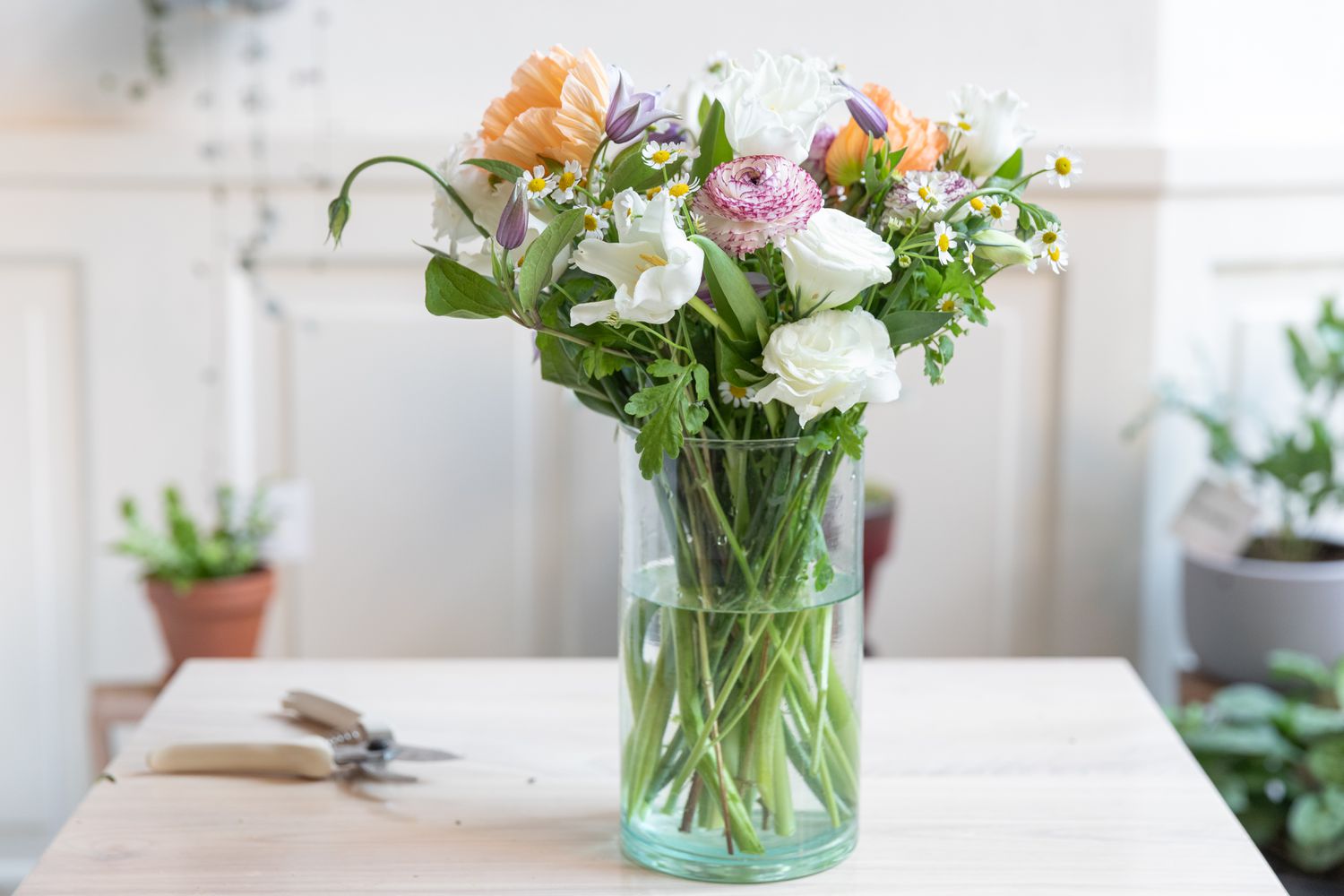

Articles
How To Store Cut Flowers
Modified: October 20, 2024
Learn how to properly store and care for cut flowers with our informative articles. Achieve longer lasting blooms and keep your floral arrangements looking fresh.
(Many of the links in this article redirect to a specific reviewed product. Your purchase of these products through affiliate links helps to generate commission for Storables.com, at no extra cost. Learn more)
Introduction
Flowers are beautiful and vibrant additions to any home or event. Whether you receive them as a gift or buy them for yourself, cut flowers can bring joy and a touch of nature indoors. However, without proper care, cut flowers can wilt and lose their charm too soon.
In this article, we will guide you through the process of storing cut flowers to help extend their lifespan and keep them looking fresh for longer. From selecting the right vase and trimming the stems to preparing the water and maintaining the flowers, we will cover all the essential steps to ensure your cut flowers stay beautiful for as long as possible.
So, if you’ve ever wondered how to make those gorgeous blooms last just a little bit longer, keep reading to discover some useful tips and tricks for storing cut flowers!
Key Takeaways:
- Properly storing cut flowers involves selecting the right vase, trimming stems, preparing clean water, conditioning the flowers, arranging them thoughtfully, and maintaining their environment. Regularly changing the water and avoiding ethylene sources can extend their lifespan.
- By following the steps outlined in this article, you can ensure that your cut flowers stay fresh and vibrant for as long as possible. From selecting the right vase to maintaining their environment, every step plays a crucial role in extending the life of your flowers.
Read more: How To Design A Cut Flower Garden
Selecting the Right Vase
Choosing the right vase for your cut flowers is crucial to ensure their longevity and overall presentation. Here are a few things to consider when selecting a vase:
- Size: The size of the vase should be proportionate to the length and volume of the flowers. A too-small vase can overcrowd the flowers, making it harder for them to absorb water, while a too-large vase can cause them to flop over.
- Shape: Consider the shape of the flowers when choosing a vase. For tall, straight stems like lilies or sunflowers, a cylinder or trumpet-shaped vase works best. For more delicate blooms, a rounded or tapered vase can provide better support.
- Material: Vases come in various materials, including glass, ceramic, and metal. Glass vases are popular as they allow you to see the water level and add a touch of elegance. Ceramic vases can provide a more rustic or artistic look, while metal vases can add a modern touch.
- Color: Consider the color of the vase in relation to the flowers you plan to display. A neutral or clear vase can complement any bloom, while a vibrant or patterned vase can add visual interest.
It’s also important to ensure that the vase is clean, as any residue or bacteria can affect the longevity of your flowers. Rinse the vase with warm water and mild soap, then thoroughly rinse it again to remove all traces of soap. Alternatively, you can use a mixture of water and vinegar to disinfect the vase.
By selecting the right vase for your cut flowers, you can enhance their beauty and provide proper support for their stems, allowing them to absorb water more efficiently.
Trimming the Stems
Trimming the stems of your cut flowers is an essential step in maintaining their freshness and allowing them to absorb water effectively. Here’s how to properly trim the stems:
- Tools: Prepare a clean pair of sharp scissors or garden shears for the task. Dull blades can crush the stems, making it harder for the flowers to take in water.
- Angle: Hold the stems under running water and trim them at a 45-degree angle. Cutting at an angle enhances the surface area for water absorption and prevents the stems from resting flat on the bottom of the vase.
- Remove Excess Foliage: Remove any leaves or foliage that will be submerged in the water. These submerged leaves can decay and release bacteria, which can shorten the lifespan of the flowers.
- Prioritize Fresh Cuts: If you notice that the bottom of the stems has become slimy or discolored, make another fresh cut. This removes any potential blockages and allows the flowers to absorb water freely.
- Timing: Trim the stems just before placing the flowers into water. Cutting them too early can cause air bubbles to form in the stems, which can hinder the water uptake.
Remember, be gentle when handling the flowers and their stems to avoid damaging them. Additionally, if you are working with woody stems, such as roses or hydrangeas, you can also make a vertical slit at the end of the stems to further encourage water absorption.
By trimming the stems correctly, you are creating optimal conditions for your cut flowers to stay hydrated and fresh, allowing them to continue looking beautiful for days to come.
Preparing the Water
The quality of the water you use to nourish your cut flowers can greatly impact their lifespan. Here are some tips for preparing the water:
- Use Clean Water: Start with fresh, clean tap water. Avoid using water that has been treated with water softeners or has a high mineral content, as these can be detrimental to the flowers.
- Room Temperature: Use room temperature water rather than ice-cold or hot water. Cold water can shock the flowers, while hot water can speed up their aging process.
- Remove Chlorine: If your tap water contains chlorine, fill the vase with water and let it sit uncovered for a few hours. This allows the chlorine to dissipate, reducing its harmful effects on the flowers.
- Add Nutrients: Some floral preservatives contain nutrients that can help prolong the life of cut flowers. Follow the instructions on the packet to mix the preservative with water. If you don’t have a preservative, you can make a DIY solution by adding a tablespoon of sugar and a few drops of lemon juice to the water.
- Avoid Flower Food Myths: Contrary to popular belief, adding aspirin, bleach, or coins to the water does not significantly extend the lifespan of cut flowers. Stick to proper floral preservatives or the DIY solution mentioned above for the best results.
After preparing the water, fill the selected vase about two-thirds full, leaving enough space for the stems without causing overcrowding. This will provide an adequate water level for the flowers to absorb without submerging the foliage.
Remember, regularly refreshing the water is essential to keep the flowers hydrated and prevent bacterial growth. We will discuss this further in the next section.
By taking the time to properly prepare the water, you can optimize the conditions for your cut flowers, helping them to stay fresh and vibrant for longer.
Conditioning the Flowers
Conditioning cut flowers is a process that helps them adjust to their new environment and maximize their longevity. Follow these steps to properly condition your flowers:
- Remove Packaging: If your cut flowers were wrapped in plastic or paper, carefully remove the packaging without damaging the blooms or stems.
- Place in Water Immediately: As soon as possible, place the flowers in the prepared vase filled with water. This ensures that they remain hydrated from the beginning.
- Allow Time to Hydrate: Leave the flowers in the water for a few hours or overnight, allowing them to absorb water and regain their turgidity.
- Store in a Cool Place: After the initial hydration period, move the flowers to a cool location away from direct sunlight, drafts, or heat sources. This helps slow down the aging process and extends their lifespan.
- Give Time to Settle: Let the flowers settle in their new environment for a few hours before arranging them or placing them for display. This gives the stems time to adjust to the water uptake and stabilize.
During the conditioning process, check the water level in the vase and top it up as needed. Avoid disturbing the flowers excessively while they are settling, as this can damage delicate blooms or dislodge them from their stems.
Conditioning the flowers is a critical step in ensuring their longevity and allowing them to thrive in a new setting. By giving them time to hydrate and adjust, you are setting the stage for a beautiful and long-lasting floral display.
Read more: How To Store Flowers
Arranging the Flowers
Arranging cut flowers not only involves creating a visually appealing display but also ensuring that the blooms are properly supported for optimum water absorption. Follow these tips to arrange your cut flowers:
- Remove Excess Foliage: Strip any excess leaves or foliage that will be below the waterline. This prevents bacterial growth and keeps the water clean.
- Start with a Focal Point: Begin by selecting a focal point or main flower for your arrangement. This can be a larger or more eye-catching bloom that will anchor the rest of the arrangement.
- Work with Varying Heights: Add flowers of different heights to create depth and visual interest. Trim the stems accordingly to achieve the desired heights.
- Consider Color and Texture: Mix and match flowers with complementary colors and textures to create a visually striking arrangement. Consider the shape and size of the flowers to achieve a balanced composition.
- Add Greenery and Fillers: Incorporate greenery, such as ferns or eucalyptus, as well as fillers like baby’s breath or statice flowers, to add volume and fill in any gaps between the main blooms.
- Place Sturdy Blooms at the Base: Position sturdier flowers with stronger stems towards the base of the arrangement. This helps to provide support for the more delicate blooms.
- Use Floral Foam (if desired): For more elaborate arrangements or those with a specific shape in mind, consider using floral foam to help anchor the flowers and maintain their positioning.
As you arrange the flowers, step back occasionally to assess the overall appearance and make adjustments as needed. Remember, creativity and personal preference are key to creating a unique and beautiful floral arrangement.
Once you are satisfied with the arrangement, give it a gentle shake to ensure that the flowers are secure and won’t easily shift or fall out of place. This is especially important if you plan to transport the arrangement to a different location.
By carefully arranging your cut flowers, you can create a stunning display that showcases their beauty while also providing support for their stems and maximizing their lifespan.
After cutting the stems at an angle, place cut flowers in a clean vase filled with room temperature water and change the water every 2-3 days to keep them fresh longer.
Placing the Vase
Where you choose to place your vase can greatly impact the longevity and overall appearance of your cut flowers. Here are some factors to consider when deciding on a location:
- Away from Direct Sunlight: Avoid placing the vase in direct sunlight, as the heat can cause the flowers to wilt and fade quickly. Opt for a location with indirect sunlight or a shaded area.
- Avoid Drafts and Heat Sources: Keep the vase away from drafts, air conditioning vents, or heating sources, as these can dry out the flowers and accelerate their wilting.
- Choose a Cool Spot: Aim for a cool spot in the room, as lower temperatures can help prolong the lifespan of the cut flowers. A temperature range of 65-72°F (18-22°C) is generally ideal.
- Avoid Fruit Bowls: Keep the vase away from fruit bowls or ripening fruits. As fruits produce ethylene gas, it can speed up the aging process of flowers and cause them to deteriorate faster.
- Showcase the Flowers: Consider the purpose of your arrangement and choose a location where the flowers can be admired and enjoyed. A central spot on a dining table, coffee table, or mantelpiece can be ideal.
It’s important to note that certain flowers have specific temperature preferences. For example, roses prefer slightly cooler temperatures, while tropical flowers like orchids thrive in warmer environments. Understanding the floral needs can help you determine the best placement for your arrangement.
Lastly, ensure that the vase is stable and secure in its chosen location to avoid any accidents that could damage the flowers or spill the water.
By thoughtfully selecting the placement of your vase, you can provide an optimal environment for your cut flowers, ensuring their longevity and allowing them to be appreciated to the fullest.
Maintaining the Flowers
Proper maintenance is essential for keeping your cut flowers looking fresh and vibrant for as long as possible. Here are some key tips for maintaining your flowers:
- Check the Water Level: Regularly monitor the water level in the vase and top it up as needed. Flowers absorb a significant amount of water, especially in the first few days, so it’s important to ensure they have an adequate supply.
- Remove Wilting Blooms: As flowers age and start to wilt, promptly remove them from the arrangement. Wilting blooms release ethylene gas, which can speed up the deterioration of the remaining flowers.
- Avoid Overcrowding: If you notice that certain flowers are overcrowding others or blocking their access to water, consider rearranging the arrangement to provide each stem with enough space.
- Keep Foliage Dry: Leaves or foliage that are underwater can decay and introduce bacteria to the water. Regularly check and remove any submerged foliage to maintain the water’s cleanliness.
- Keep Away from Ripening Fruits: Just as mentioned earlier, keep the flowers away from ripening fruits or areas where ethylene gas might be present. Ethylene can cause premature aging and wilting of cut flowers.
- Handle with Care: When moving or handling the arrangement, be gentle with the flowers to prevent any damage. Avoid touching or pulling on petals or delicate blooms.
- Avoid Extreme Temperatures: Maintain a consistent room temperature for the flowers, avoiding extreme hot or cold environments. Both can have a negative impact on the longevity of the blooms.
By following these maintenance tips, you can help keep your cut flowers looking fresh and vibrant for a longer duration, allowing you to enjoy their beauty to the fullest.
Changing the Water
Regularly changing the water in your cut flower arrangement is crucial for maintaining their freshness and preventing bacterial growth. Here’s why and how to change the water:
Over time, the water in the vase can become cloudy and develop bacteria, which can shorten the lifespan of your cut flowers. Changing the water helps provide clean and fresh hydration for the blooms, prolonging their beauty. Additionally, as flowers absorb water, they release organic matter into the water, which can contribute to bacterial growth.
To change the water, follow these steps:
- Remove the Flowers: Carefully remove the flowers from the vase and set them aside in a clean container.
- Dispose of the Old Water: Empty the old water from the vase and rinse it thoroughly to remove any debris or residue.
- Clean the Vase: Gently scrub the vase with warm water and mild dish soap to remove any bacteria or mineral deposits. Rinse it thoroughly before refilling it with fresh water.
- Prepare Fresh Water: Fill the cleaned vase with room temperature water. You can also add floral preservative or the DIY solution mentioned earlier to help prolong the lifespan of the flowers.
- Trim the Stems (Optional): Before placing the flowers back into the vase, you can trim the stems slightly to ensure they have a fresh cut.
- Arrange the Flowers: Place the flowers back into the clean vase, ensuring each stem is properly supported and hydrated.
Changing the water every 2-3 days, or whenever it appears cloudy or has an unpleasant odor, can significantly extend the lifespan of your cut flowers. It’s also an opportunity to check for any wilting blooms or foliage that needs to be removed.
By consistently changing the water and maintaining a clean environment, you can ensure that your cut flowers continue to look fresh and beautiful for an extended period of time.
Read more: How To Store Zucchini Flowers
Extending the Lifespan of Cut Flowers
With proper care, you can extend the lifespan of your cut flowers, allowing you to enjoy their beauty for even longer. Here are some additional tips to help maximize their longevity:
- Keep away from Ethylene Sources: As mentioned earlier, ethylene gas is produced by ripening fruits and can cause premature aging of flowers. Store your cut flowers away from any ethylene-emitting sources to prevent accelerated wilting.
- Refrigerate Overnight: For certain flowers, such as tulips or lilies, refrigeration can help prolong their freshness. Place them in a plastic bag with some damp paper towels and refrigerate them overnight, but be mindful of any fruits or vegetables in the same fridge that can release ethylene gas.
- Avoid Overwatering: While it’s essential to provide adequate hydration, overwatering can lead to the development of bacteria and shorten the lifespan of the flowers. Ensure that the water level is appropriate for the stems without submerging too much foliage.
- Prune Fading Blooms: Remove any fading or withered blooms from the arrangement regularly. This not only improves the overall appearance but also prevents the spread of bacteria and ethylene gas.
- Use Floral Food: Consider using commercial floral food, which contains a mix of nutrients and additives to extend the life of cut flowers. Follow the instructions on the package for the proper dosage and use.
- Keep them Cool at Night: During the nighttime, you can move your arrangement to a cool room or even place it in the refrigerator (away from fruits and vegetables) to slow down the aging process and help the flowers retain their freshness.
- Mist the Flowers: For certain delicate flowers like orchids or hydrangeas, lightly misting them with water can help maintain their moisture levels and prevent wilting.
- Avoid Exposure to Smoke: Smoke exposure can significantly reduce the lifespan of cut flowers. Keep them away from areas with smokers or where they may come into contact with cigarette smoke.
Remember, different flower varieties can have specific care requirements, so it’s beneficial to research the specific needs of the flowers you have. Pay attention to any additional care instructions provided by the florist or included with the bouquet.
By implementing these strategies, you can effectively extend the lifespan of your cut flowers and enjoy their beauty for an extended period, brightening up your home or event.
Conclusion
Storing cut flowers properly is essential to preserving their beauty and prolonging their lifespan. By following the steps outlined in this article, you can ensure that your flowers stay fresh and vibrant for as long as possible.
From selecting the right vase to trimming the stems, preparing the water, conditioning the flowers, arranging them with care, and maintaining their environment, every step plays a crucial role in extending the life of your cut flowers. By providing them with clean water, optimizing their surroundings, and attending to their needs, you can enjoy their exquisite beauty for an extended period.
Remember to regularly change the water, remove wilting blooms, and keep the environment clean and free from ethylene-emitting sources. By following these tips, you can maximize the longevity of your cut flowers and fully appreciate their natural splendor.
So, the next time you receive a bouquet or purchase cut flowers for yourself, take the time to implement these guidelines. With a little care and attention, you can make those vibrant blooms last much longer and continue to bring joy to your space.
Frequently Asked Questions about How To Store Cut Flowers
Was this page helpful?
At Storables.com, we guarantee accurate and reliable information. Our content, validated by Expert Board Contributors, is crafted following stringent Editorial Policies. We're committed to providing you with well-researched, expert-backed insights for all your informational needs.
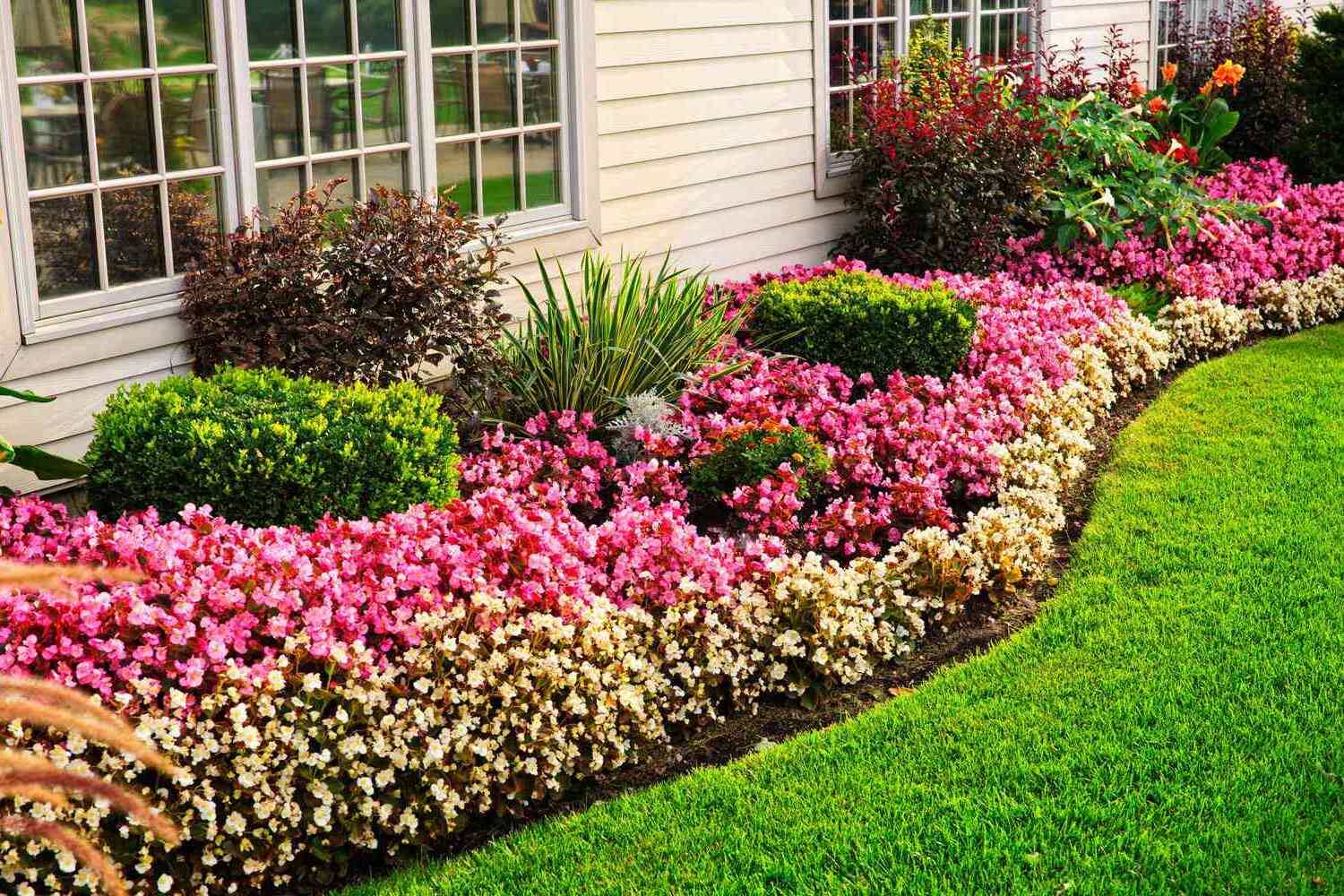
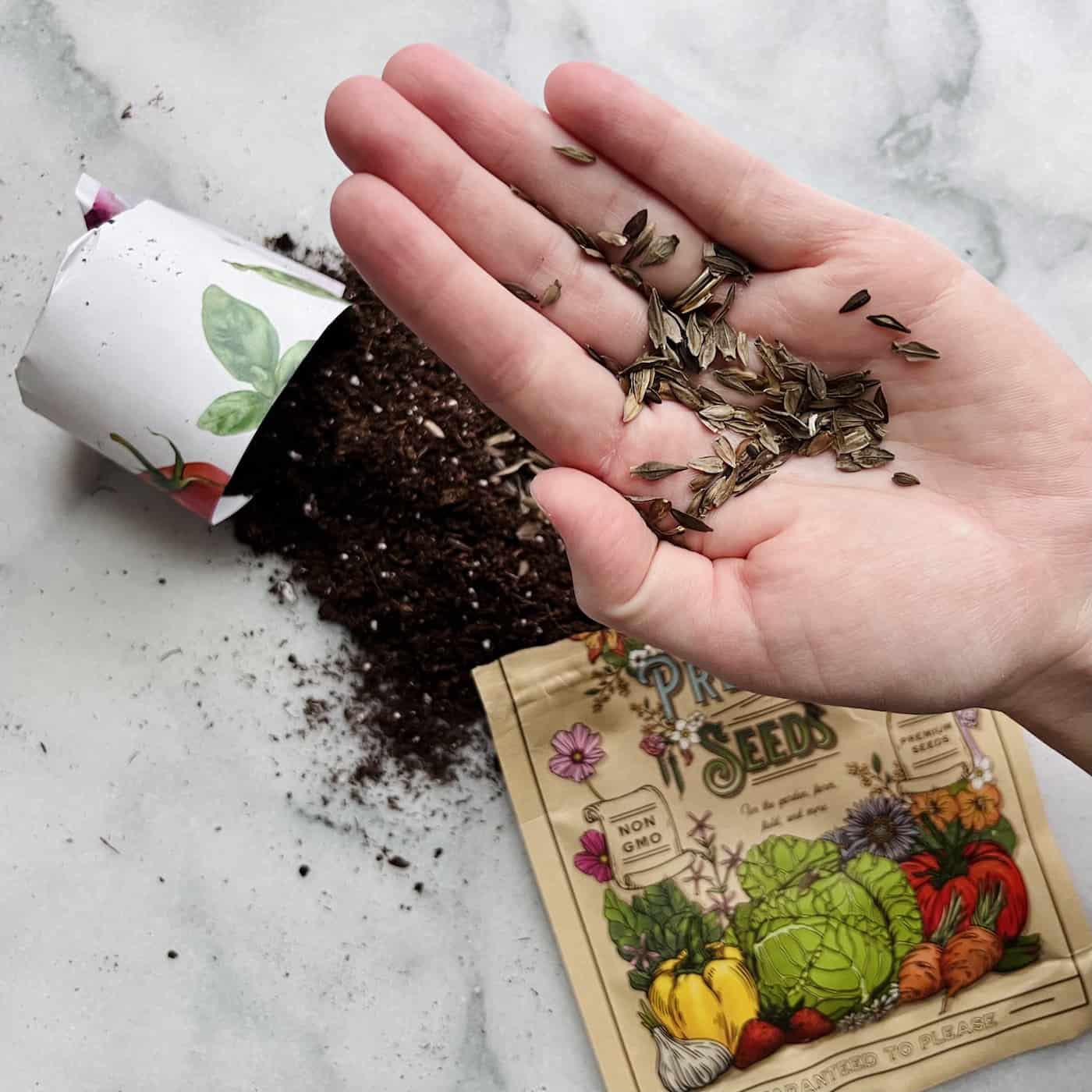

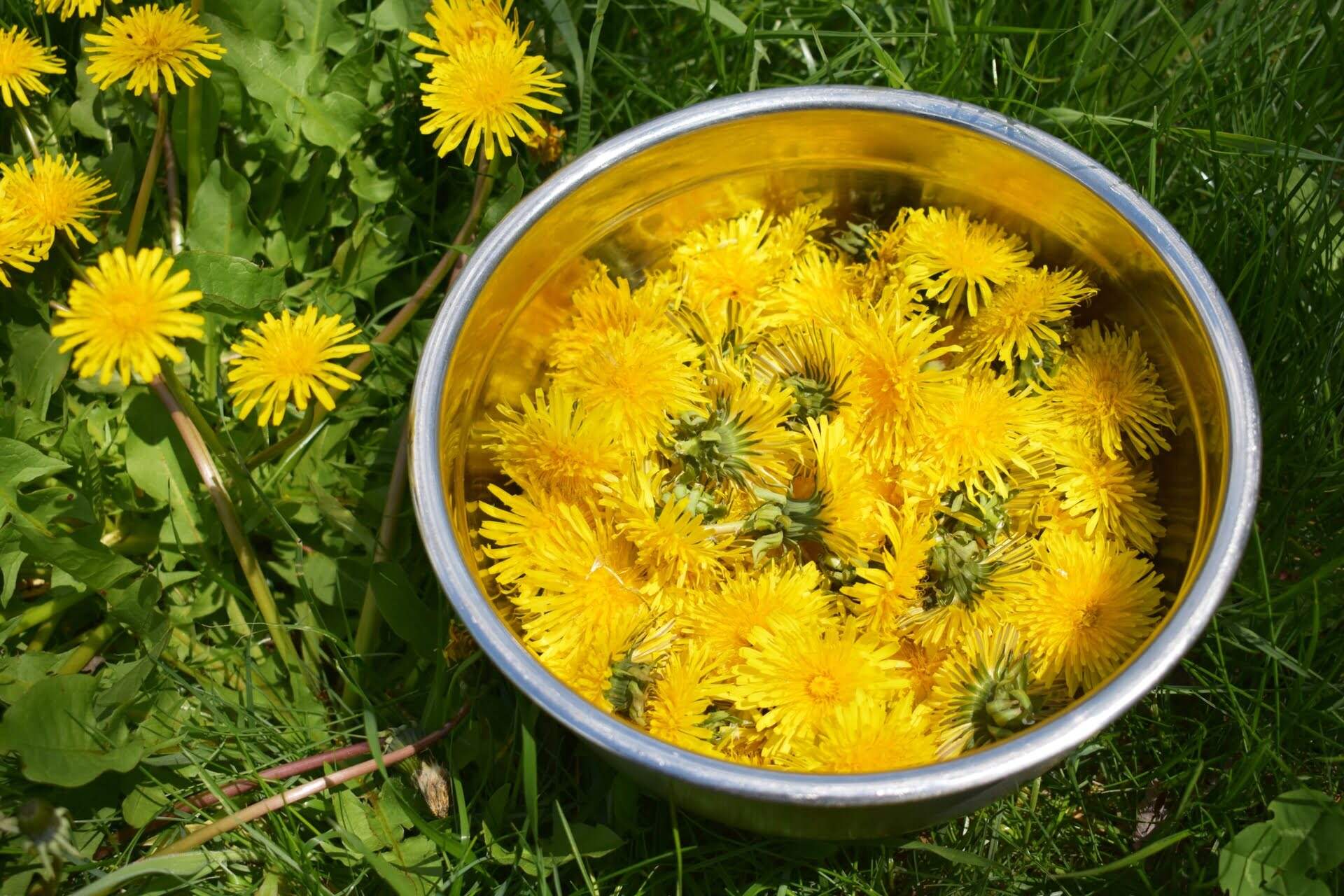
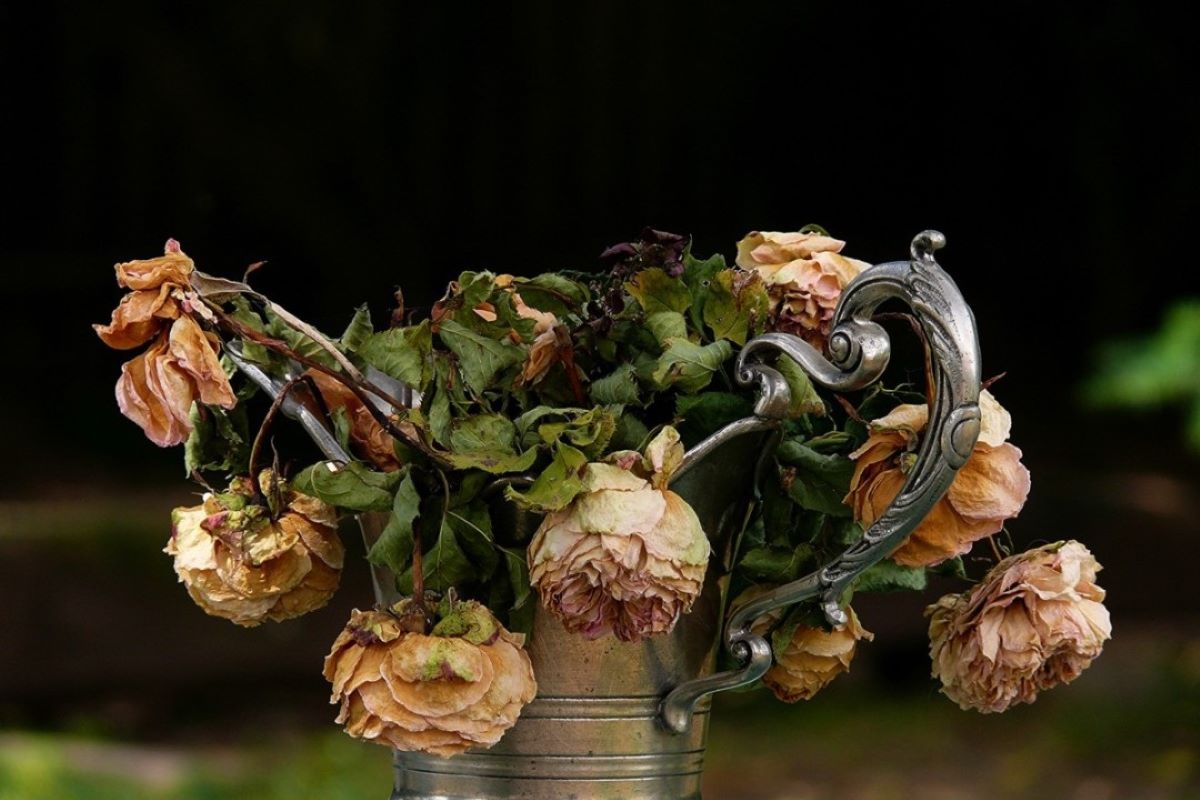

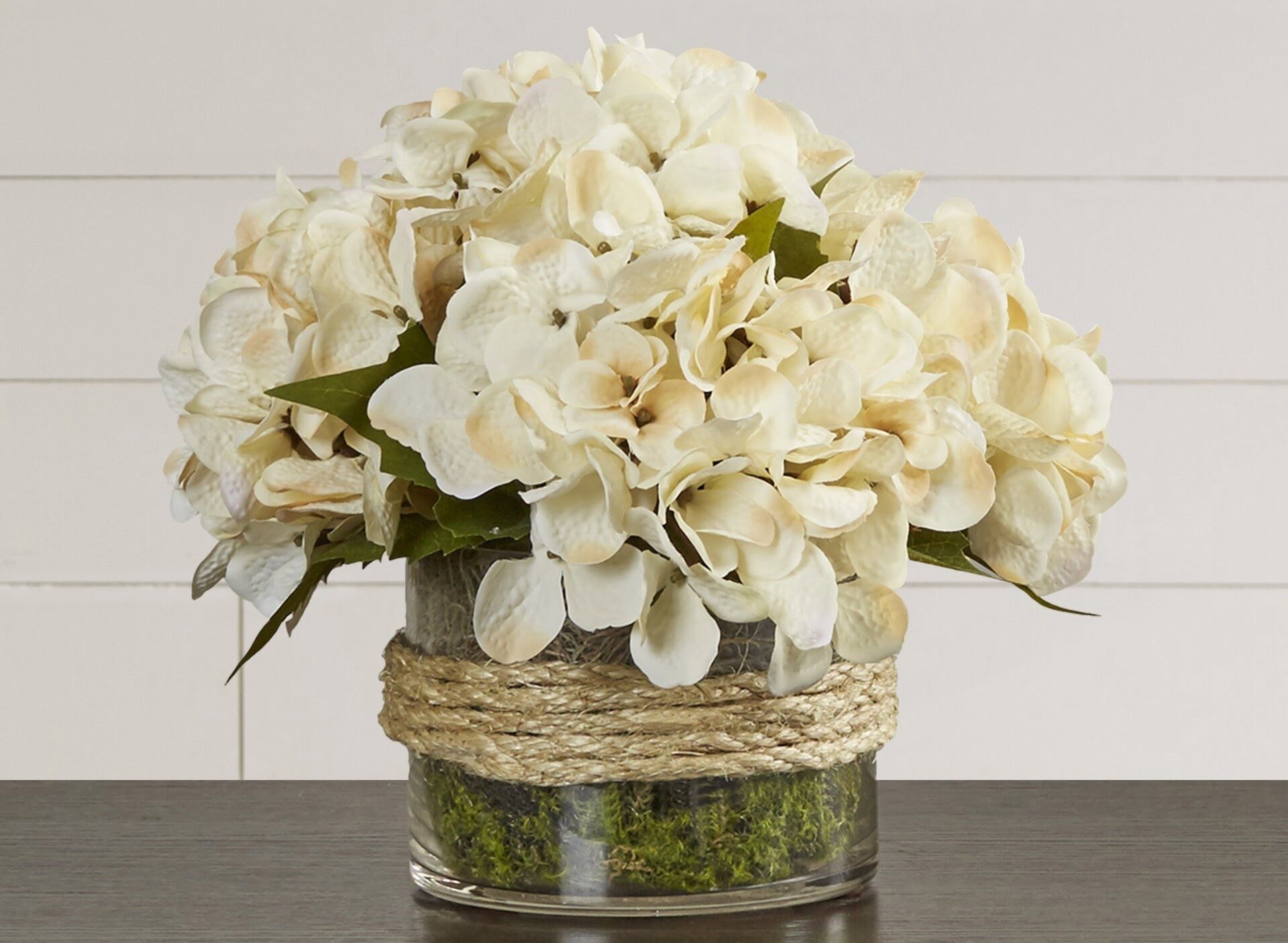
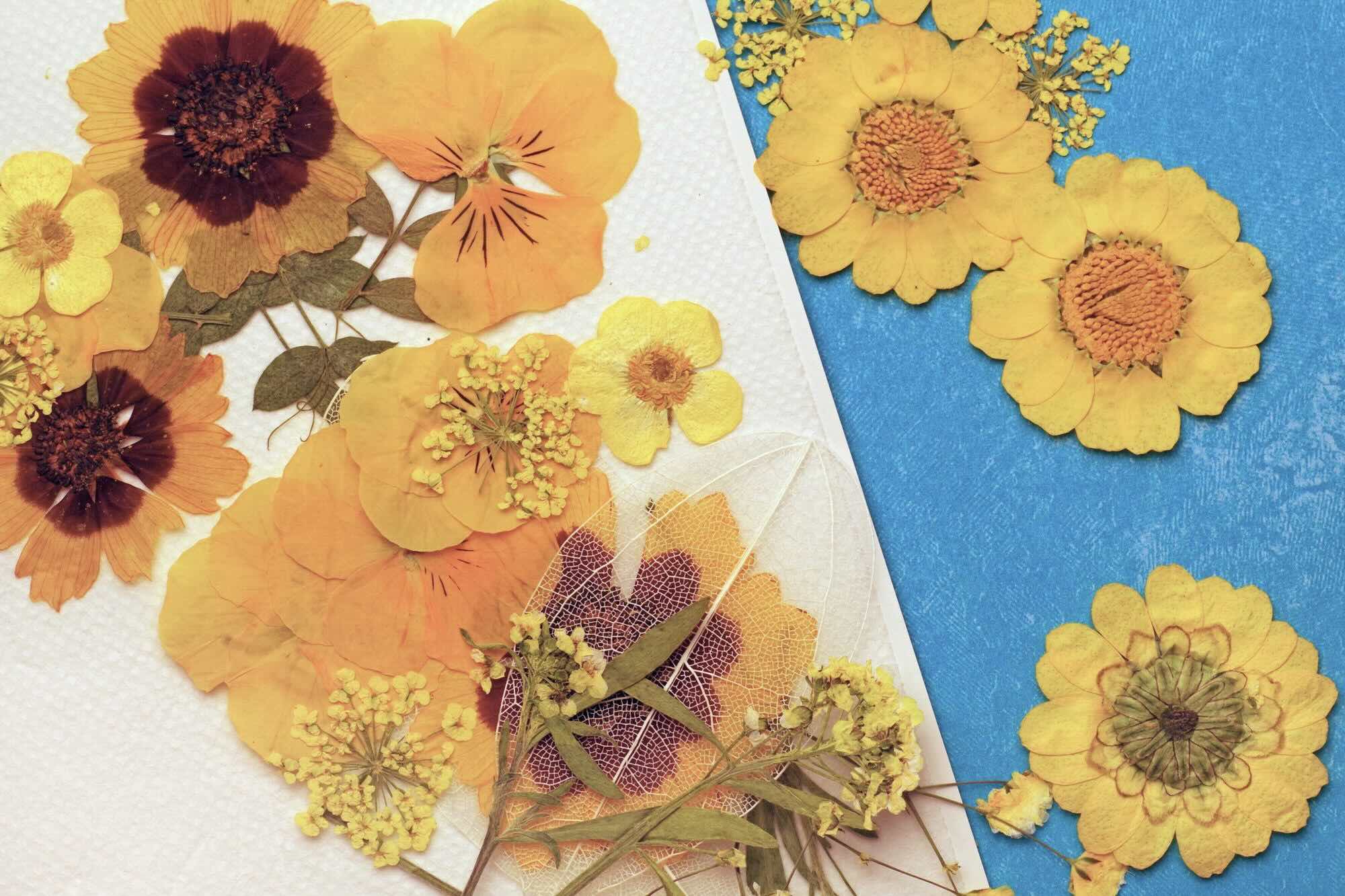
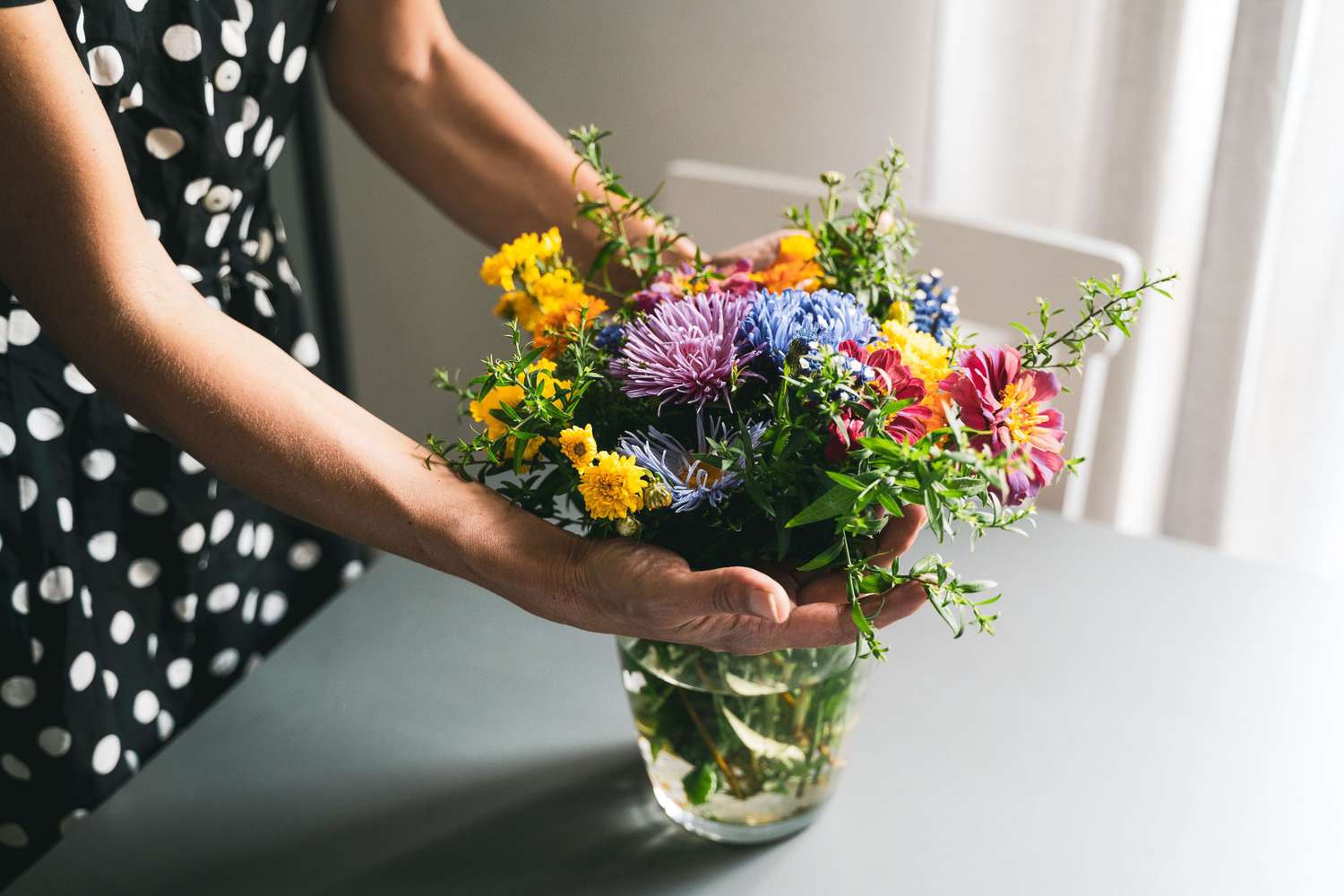
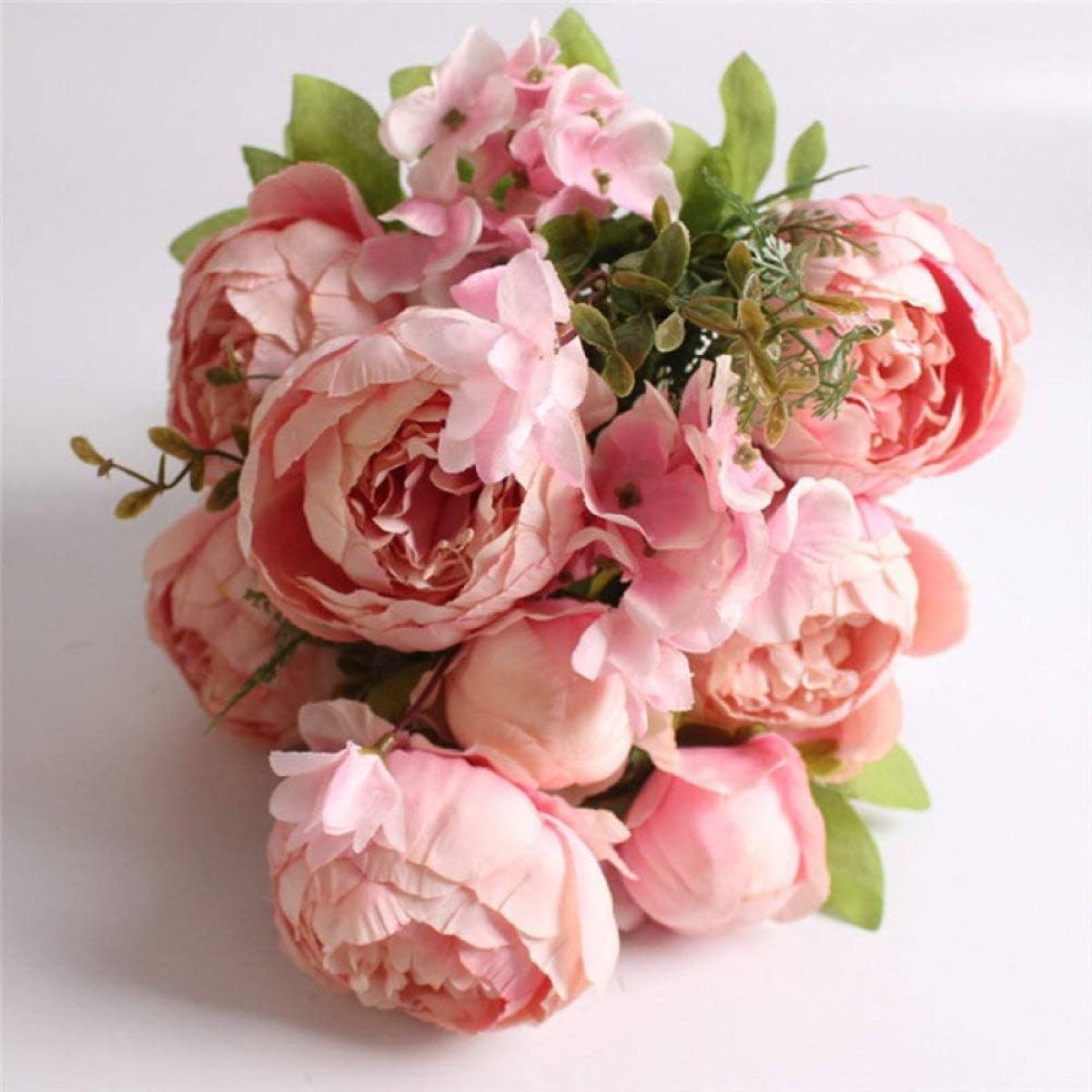
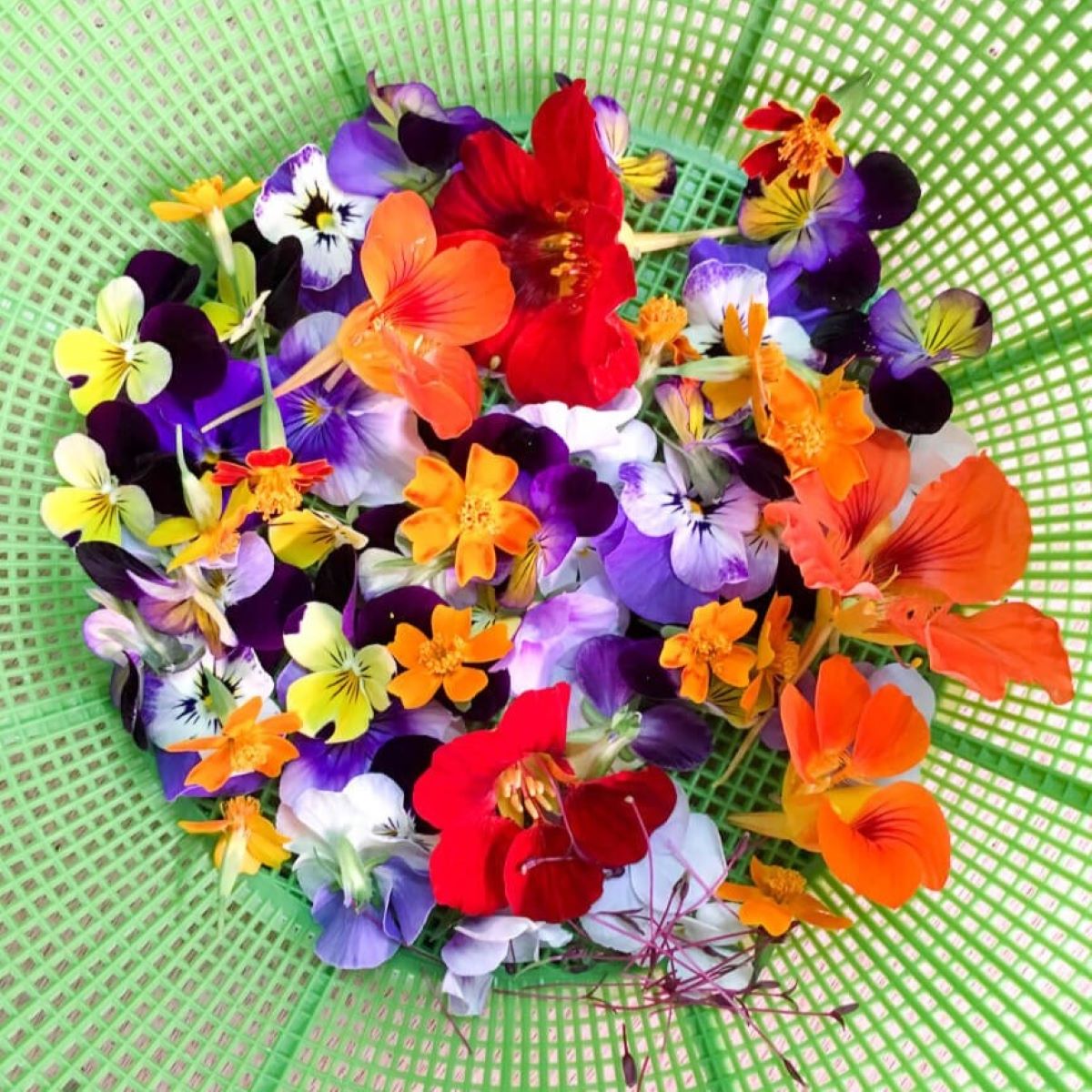
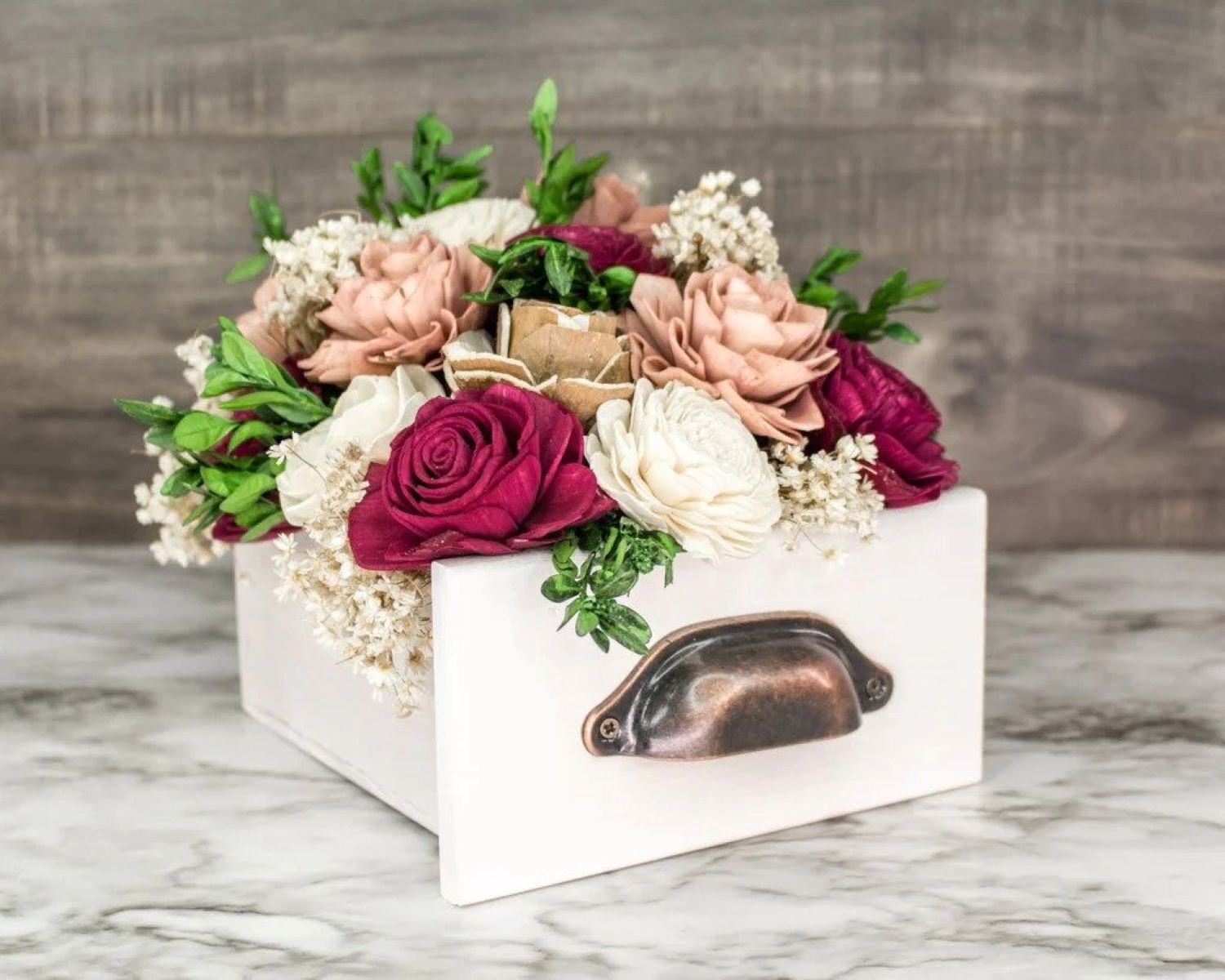
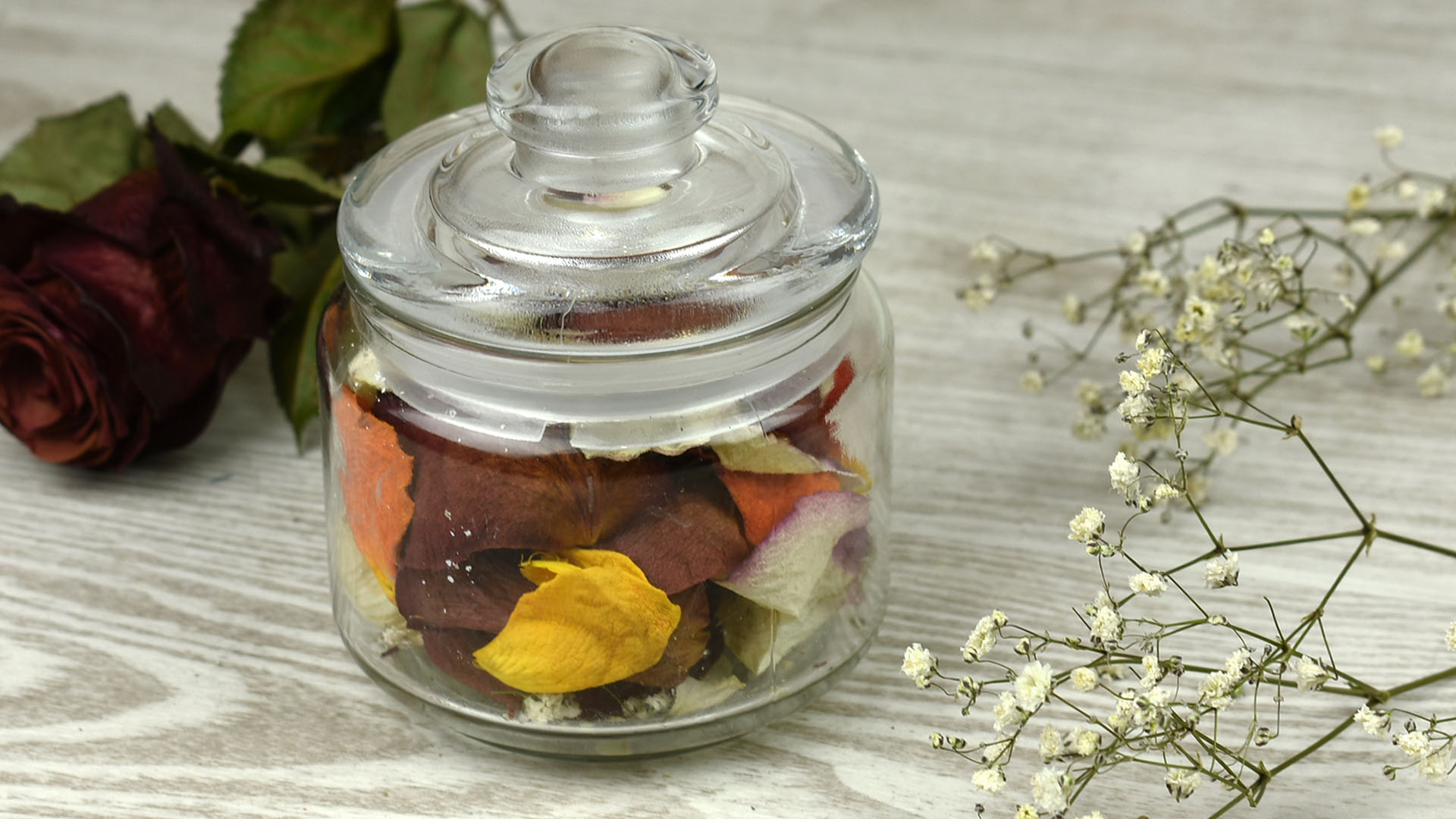

0 thoughts on “How To Store Cut Flowers”